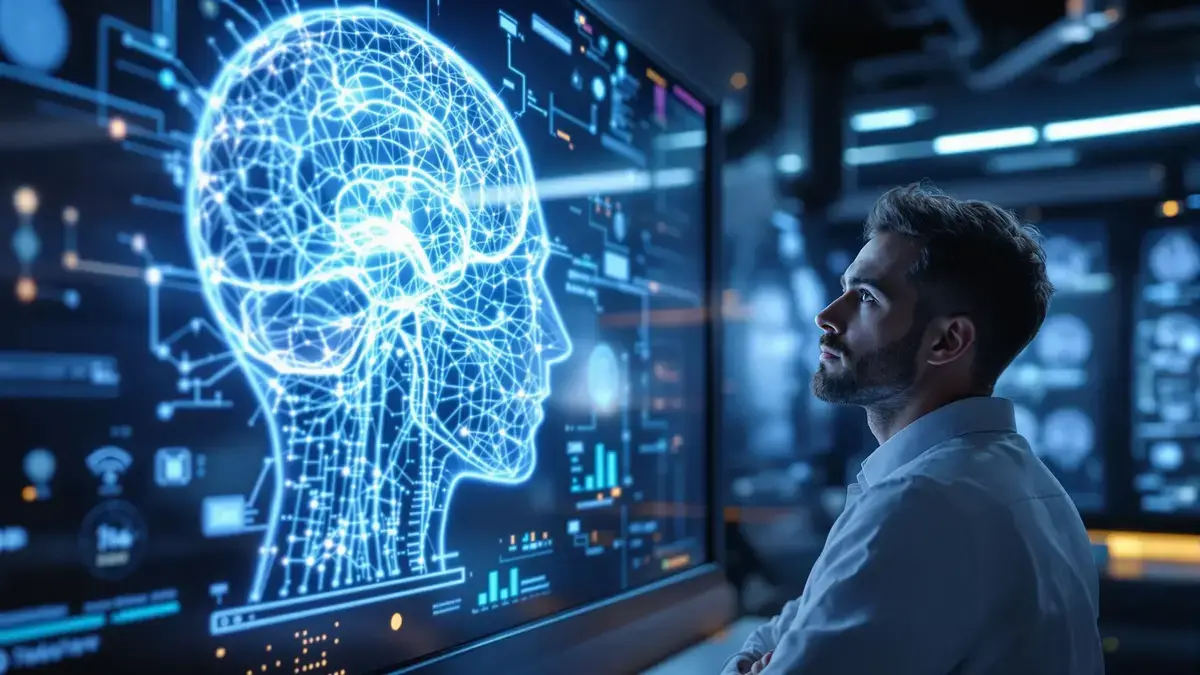Digital immortality is based on three key elements aimed at transferring the human mind to a digital medium. First, the technological hypothesis posits that a mind-uploading technology could emerge in the coming decades. Next, the artificial mind hypothesis states that a simulated brain must provide authentic consciousness. Finally, the survival hypothesis raises the crucial question of whether the created entity is genuinely “you,” making this transfer truly significant.
Key Information
- To achieve digital immortality, three fundamental elements are required.
- Mind-uploading technology must be developed in the coming decades.
- Philosophical and ethical questions arise concerning personal identity and post-upload survival.
- The complexity of the human brain poses a major challenge for simulating consciousness.
The Foundations of Digital Immortality
Digital immortality, a fascinating concept that captures the attention of scientists and philosophers, is built upon three fundamental elements. These elements are crucial for considering the transfer of the human mind to a digital medium. This endeavor raises fundamental questions about the nature of consciousness and personal identity.
Technological Hypothesis
First, it is imperative to develop mind-uploading technology. This technological hypothesis suggests that significant advances in neuroscience and artificial intelligence are necessary in the coming decades. The complexity and nuances of the human brain must be fully understood to enable the digitization of thoughts, memories, and consciousness itself.
Artificial Mind Hypothesis
Second, according to the artificial mind hypothesis, a simulated brain must necessarily produce real consciousness. This implies that merely reproducing neural patterns and connections will not suffice; it is essential to create an entity that feels, thinks, and interacts in the same way a human being does. The question then arises: what constitutes consciousness? This is a major scientific and philosophical challenge.
Survival Hypothesis
The third element is the survival hypothesis, which stipulates that the entity created by uploading must truly be “you” for the process to make sense. This notion raises significant questions about identity and the nature of the self. If a copy of our mind exists, who is the true self? Is it the biological original, or the resulting digital file?
Complexity of the Human Brain
In technical terms, the complexity of the human brain is unimaginable. It could be said to surpass that of the Milky Way in the context of neurons and connections. This presents considerable challenges for brain mapping, even as technological advances in this area seem promising. However, the path to a faithful and functional simulation of the human brain remains chaotic and difficult.
Ethical and Existential Dilemmas
The question of identity after uploading raises both ethical and existential dilemmas. Who are we really once our mind is digitally online? This debate often pits the biological view of the human condition against a more mental and dematerialized perception of personal identity, creating fertile ground for philosophical reflection.
Trust in the Unknown
Ultimately, the experience of uploading requires trust in the unknown, especially regarding consciousness and identity. The leap to a digital existence poses the question of the continuity of human experience. Would it be possible to preserve what makes us unique? The search for digital immortality is as much a scientific quest as an exploration of the limits of our understanding of the human mind.











